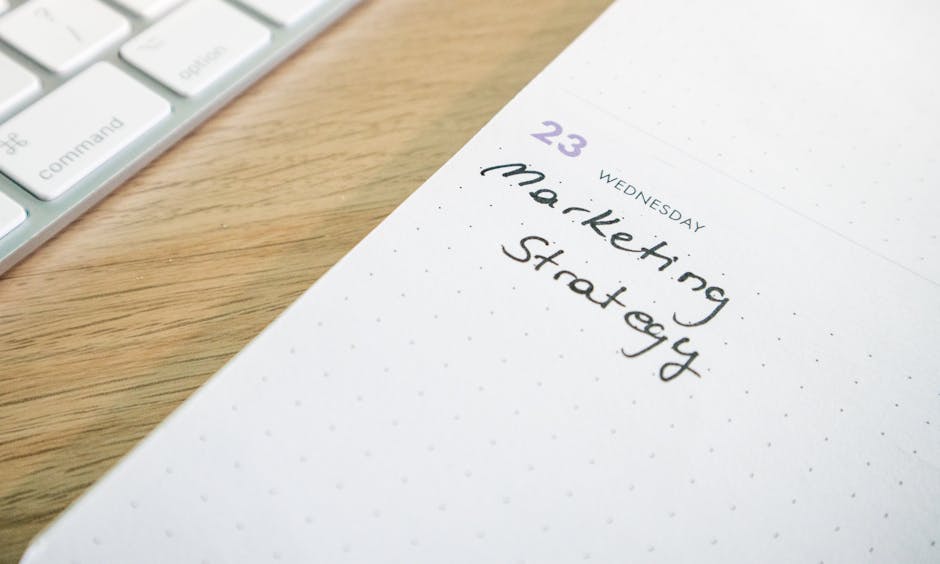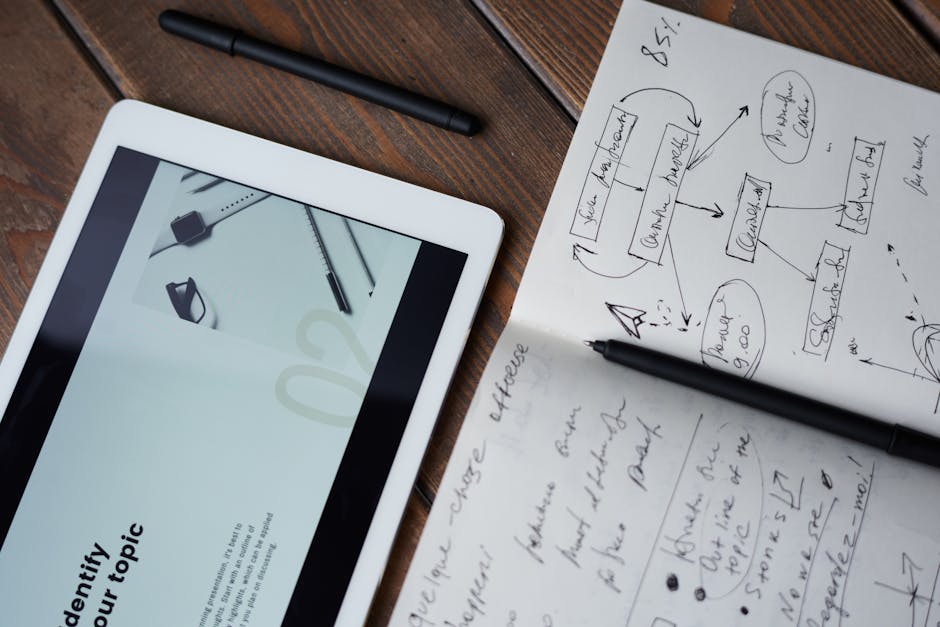Essential Strategies for Workflow Optimization
Are you tired of feeling overwhelmed at work? Do tasks seem to pile up faster than you can handle them? You’re not alone. Many people struggle with managing their workload efficiently. Fortunately, workflow optimization can help. This article explores essential strategies to boost your productivity and streamline your daily tasks.
Let’s dive into the strategies that can transform how you work!
What is Workflow Optimization?

Workflow optimization is all about making your work process more efficient. Imagine a busy kitchen where chefs have to find their ingredients, tools, and recipes quickly. When everything is organized, they cook faster and serve delicious meals. Similarly, optimizing your workflow helps you complete tasks with less effort and time.
According to a study by the Project Management Institute, organizations that prioritize workflow optimization see a 20% increase in productivity. That’s a significant boost!
How Can You Identify Bottlenecks?

Before you can optimize your workflow, you need to find where things slow down. These slowdowns are called bottlenecks. Think of a bottle: if the neck is too narrow, the liquid can’t flow out smoothly.
To identify bottlenecks:
- Track your daily activities. Write down what takes the most time.
- Ask for feedback from your team. They may see issues you miss.
- Look for repetitive tasks that seem to drag on.
Once you’ve spotted the bottlenecks, you can create strategies to eliminate them.
How Can You Leverage Technology for Efficiency?

Technology is your friend when it comes to workflow optimization. Many tools can help you work smarter, not harder. Here are a few examples:
- Project Management Software: Tools like Trello or Asana help you organize tasks visually.
- Automation Tools: Platforms like Zapier can automate repetitive tasks, saving time.
- Time Tracking Apps: Use apps like Toggl to see where your time goes.
Using these tools can streamline your efforts and reduce the mental load of switching tasks constantly.
Why is Prioritization Key?

Not all tasks are created equal. Some are urgent, while others can wait. Prioritizing tasks effectively can make a massive difference in your productivity.
Use the Eisenhower Matrix to help prioritize your tasks:
- Urgent and Important: Do these tasks first.
- Important but Not Urgent: Schedule time to do these later.
- Urgent but Not Important: Delegate these tasks if possible.
- Neither Urgent Nor Important: Consider dropping these tasks.
By categorizing your tasks, you can focus on what truly matters.
How Does Time Blocking Work?
Time blocking is a technique where you schedule specific blocks of time for different tasks. it’s like setting an appointment with yourself. For example, you might block out the first hour of your day for emails and the next two hours for project work.
This method helps reduce distractions and keeps you focused. Heres how to get started:
- Identify your most productive times during the day.
- Break down your tasks into manageable chunks.
- Use a digital calendar to color-code and schedule your blocks.
Time blocking can help you take control of your day and reduce stress.
What Role Does Communication Play?
Clear communication is vital for workflow optimization. Poor communication can lead to misunderstandings and wasted time. Ensure everyone on your team knows their roles and responsibilities.
Regular check-ins can also help:
- Hold weekly team meetings to discuss progress and challenges.
- Use chat apps like Slack for quick updates and questions.
- Encourage open feedback to improve processes continuously.
Open lines of communication can create a collaborative environment that boosts productivity.
How Important is Flexibility?
While having a plan is crucial, flexibility is just as important. Sometimes, unexpected tasks or challenges pop up. Being adaptable allows you to respond effectively without derailing your entire day.
Here are tips for staying flexible:
- Leave buffer time in your schedule for surprises.
- Be open to adjusting priorities as needed.
- Communicate changes with your team to keep everyone aligned.
Embracing flexibility can reduce stress and keep your workflow on track.
Are Breaks Really Necessary?
Yes! Taking breaks is essential for maintaining productivity. Working without breaks can lead to burnout and decreased focus. Studies show that taking short breaks can improve overall performance.
Try the Pomodoro Technique:
- Work for 25 minutes.
- Take a 5-minute break.
- After four sessions, take a longer break (15-30 minutes).
These short breaks can refresh your mind and keep your energy levels high.
Why is Continuous Improvement Important?
Workflow optimization isn’t a one-time task. It requires continuous improvement. As your team grows and projects change, revisit your strategies regularly.
Gather feedback and analyze what’s working and what’s not. Consider implementing new tools or methods as technology and processes evolve.
By fostering a culture of improvement, you can maintain a productive environment that adapts to new challenges.
Conclusion: What Are Your Next Steps?
Optimizing your workflow can significantly enhance your productivity and reduce stress. Start by identifying bottlenecks and leveraging technology to help. Prioritize your tasks, communicate effectively, and remain flexible. Don’t forget the importance of taking breaks and continuously improving your processes.
As you adopt these strategies, remember to keep things simple and adjust as needed. Workflow optimization is an ongoing journey, not a destination.
Take the first step today! Try one of these strategies and see how it impacts your work.
For more tips on productivity, check out our article on 10 Quick Productivity Tips You Can Use Today.
By following these essential strategies, you can create a smoother, more efficient workflow. Happy optimizing!


